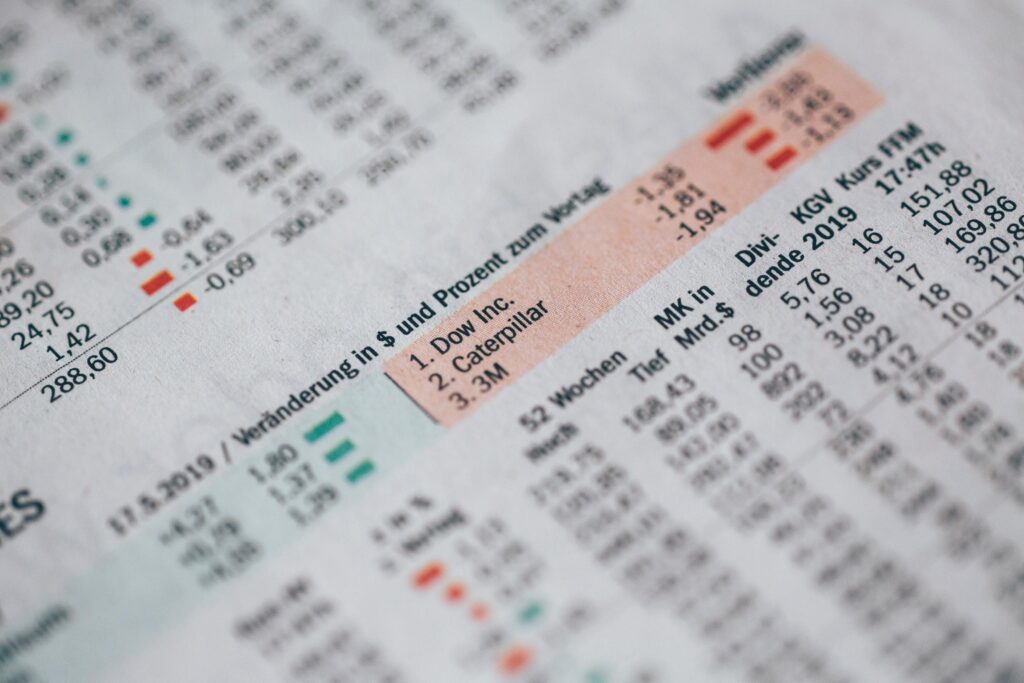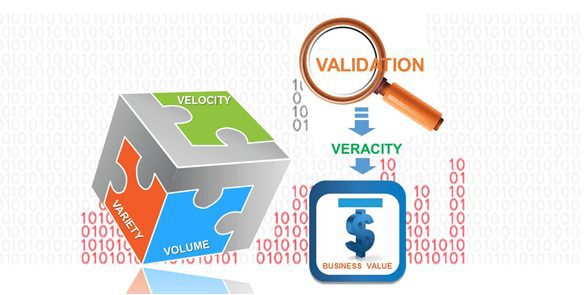Emerging technologies like data science, machine learning, artificial intelligence are exploding by giving new dimensions to its applications. With business booming into data-driven technologies and creating lots of career opportunities, data science stands top in the list of emerging technologies.
According to a recent survey, there are over 35,000 job vacancies available in the data science field. The reason for vacancies is there are not enough skills and talents to fit into these roles. Therefore, this is the high time for building a lucrative career and getting into the data-driven industry for making long-lasting careers and highly secured jobs across a myriad of industries.
Introduction
So many data scientists don’t even get started. Because they think it’s better to learn and acquire everything before they start. This way, they will make fewer mistakes and become more consistent. But the truth is you should keep on practicing to boost your fundamentals and harness your skills.
There is a massive difference between theory and practice in data-driven industries. And the role of data scientists is full of new challenges with crucial decision making. And to prove yourself, you should be practically oriented who love taking calculated risks and prove more successful.
Here are the top five most mistakes that the new and experienced data scientists must avoid in their careers.
Lack of Business Context Create Vague Data Analysis

Analyzing data without goals and objectives is meaningless. Without understanding the business context, data can be vague. About 60% of business leaders fail to convert data into meaningful insights. And 85% of the organizations are making it slow processing due to lack of practical skills or not understanding the business requirement in the right way.
Raw data without context has limited business value. It is incapable of giving actionable insights that employees want to understand the business. Therefore, filtered and cleaned data are highly essential to leverage its full potential for any business and its employees.
The most valuable insights will push you to think in different directions and draw the most reliable conclusions from it.
Not Having The Ability To Ask Good Questions

Asking questions makes most people feel scared as they believe these questions could be silly. Therefore, understanding business goals and objectives are always crucial for asking the right set of questions.
Great questions come from the right research. Though it’s a very long time for data science to be around, it’s still in its nascent stage for many new beginners. It becomes tough to decode each pattern of data as every data follows a different approach.
The roadmap to the successful milestone is finding out the right insights. And to find out the right insights, you need to do proper research. This cycle will continue till you find the right set of questions that answers all your purposes of doing research.
Not Doing Sanity Checks Leads To Blunders

Data Wrangling projects will take you to the most interesting part of the project. But getting accurate results is very crucial to proving the quality of data, and this process of checking data quality is called Sanity Check.
Doing a sanity check is a crucial part of the data wrangling process. Because in data science, your final analysis should be as accurate as your data. Therefore, it will be worth spending a few minutes validating data accuracy and completeness.
The two steps of sanity check include:
Take a random sample from the dataset.
If you are handling large amounts of data sets and you can easily access the whole data. On the other hand, if you’re looking for consecutive data, it may be tough to understand each pattern. Thus, if you choose to describe the entire picture, it becomes easier for you to understand the complete data.
Check for missing values, duplicate data, and mismatched patterns.
When the data are in one format, it is easy to understand each of them and their patterns and relationships. Though they are in a variety of sources, the data is not structured and unorganized.
When you convert it into one format, you can find out the valid data, missing data, and mismatched data. Also, there are higher chances of duplicate data. Clean them without any confusion. And it becomes easy to segregate them from others.
Inexperience In Creating Compelling Visualizations.

Many data scientists fail to create compelling visualizations or DataViz. These days, creating meaningful data visualizations is an ambitious skill to have, and professionals are paid heavily for it. Because visual communication skills are a must-have for all data scientists and managers, and it also enhances decision-making skills. Plus, without data visualizations, detecting the hidden patterns and anomalies is highly impossible.
With the growing internet and advanced tools for converting the data into the visualization format, translating is easy even for data scientists without designing skills. And it’s easy for everyone to extract the right information and insights from large datasets and in less time.
Doing Wrong Cross-Validation; Steps To Do It Correctly

Cross-validation is a popular topic to check out the data model efficiency. And if you don’t know how to do it properly, the chances of getting into wrong are more.
So how can you do it correctly?
For cross-validation, data experts use 3 types of models to yield the best results.
- The training set to fit the model.
- The validation set to find out the errors to select the models.
- The test set to find out the generalized errors of the final chosen model.
For doing it in the best way: follow the below steps:
- Divide the entire dataset into10 individual sub-groups. For each group name the value of K = 1,2,3,….10.
- Now find the best 30 using all the samples, except those that are in K value. Create a multivariate classifier and use this to predict all other variables instead of the K value.
- Use this K mean clustering technique to predict the error in the K group.
Conclusion
These are the mistakes that both new and experienced data scientists make. Learning how to overcome these common mistakes is imperative. Data Scientists need to become good communicators because they solve problems.
You need to stick to the business goals and objectives along with the right purpose to research. Prepare an appropriate set of questions, conduct a sanity check on missing data. Learn to create compelling visualizations and the right ways of doing cross-validation to take your career next level in the data-driven industry.
Author’s Name- Palak Airon
Author’s Bio- Data Scientist personnel with over 8 years of professional experience in the IT industry. Competent in Data Science and Digital Marketing. Expertise in professionally researched technical Content Writing.
This article has been published from the source link without modifications to the text. Only the headline has been changed.













